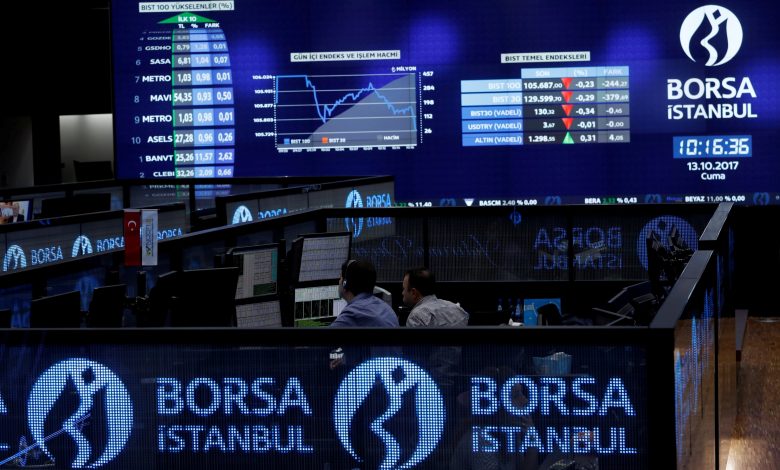
Inflation and Interest Rates: Russia, Turkey & Poland – What is the Current Situation in the Emerging Markets? Turkish lira: Surprising interest rate cut.
Russia – Fourth Covid Wave with 8.1 Percent Inflation and Further Rising Key Interest Rates
Russian industrial production has recently risen noticeably again. Thanks to mining, the period of stagnation were only temporary. The Purchasing Managers’ Index for the manufacturing sector jumped above the 50-point mark for the first time since last May.
The forecasts for the fourth quarter also indicate a degree of robustness. In the retail and services sectors, however, sentiment is divergent.
Russia is currently in the fourth Corona wave. This could, in turn, mean a weakening of the fourth quarter. Russia has so far relied on medium-strict (vaccinated, recovered, tested for entries) rules. Lockdown measures are to be avoided.
In October, consumer prices rose again more strongly than expected. Last month, inflation amounted to 8.1 percent (!). The Russian central bank has therefore reacted by raising the key interest rate to 7.50 percent. The central bankers are leaving themselves open to the possibility of further interest rate hikes, if necessary. It can be assumed that the level of 8.50 to 9.00 percent could be reached by the end of the first quarter of 2022.
Turkey – Surprising Interest Rate Cut to 16.0 Percent
Turkey’s central bank has cut its key interest rate to 16.0 percent. This was quite surprising. At the same time, it also gave itself additional leeway for any further interest rate cuts. The Turkish lira “rewarded” this with a further downward slide against the US dollar.
Meanwhile, this “lira devaluation” is now in turn creating further pressure. In any case, the danger of imported inflation has not diminished. The inflation rate recently rose to just under 20.0 percentage points (19.9). Meanwhile, the Turkish central bank had to revise its own inflation forecast upward to over 18 percent.
Poland – hopes for normalization of monetary policy
GDP growth in Poland recently amounted to a gratifying 5.3 percent year-on-year. However, the encouraging economic growth cannot “hide” the massive increase in inflation. The Polish central bank has therefore raised the key interest rate to 1.25 percent in two successive steps (October and November).
Polish central bankers calculate that the inflation rate will not return stably to the target corridor until 2023. The key rate hike cycle is expected to reach the level of 2.50 percent in 2022.
MSCI Emerging Markets Index Comparatively Low-priced – Turkish Lira in Free Fall
The MSCI Emerging Markets Index was recently (August and September) able to generate a slight outperformance compared to the MSCI World Index. In the month of October, however, it gained only 0.9 percentage points.
By contrast, the MSCI Developed Market Index was up 5.6 percent and the MSCI World Index was up 5.0 percent. Since the beginning of 2021, the picture has been even more dramatic. The MSCI Emerging Markets index lost around two percent. The MSCI World index gained just under 15 percent.
The weak performance is due to key interest rate hikes to combat the sometimes immensely rising inflation rates. There were interest rate hikes in Russia, Poland, Hungary, Brazil, Chile, Peru, and Colombia.
However, the current valuation continues to argue in favor of a – speculative – investment in the emerging markets. The price/earnings ratio in the estimate for 2022 is 12.9. A more expansionary monetary policy in the “flagship” China in the coming year could be positive for the stocks in the MSCI Emerging Markets Index.
However, the Turkish lira is likely to remain “very speculative” even for speculative investors. It continues to be in free fall. A sustainable bottom is not in sight:

